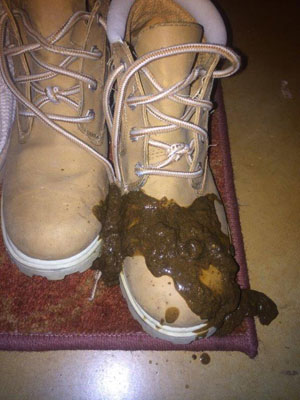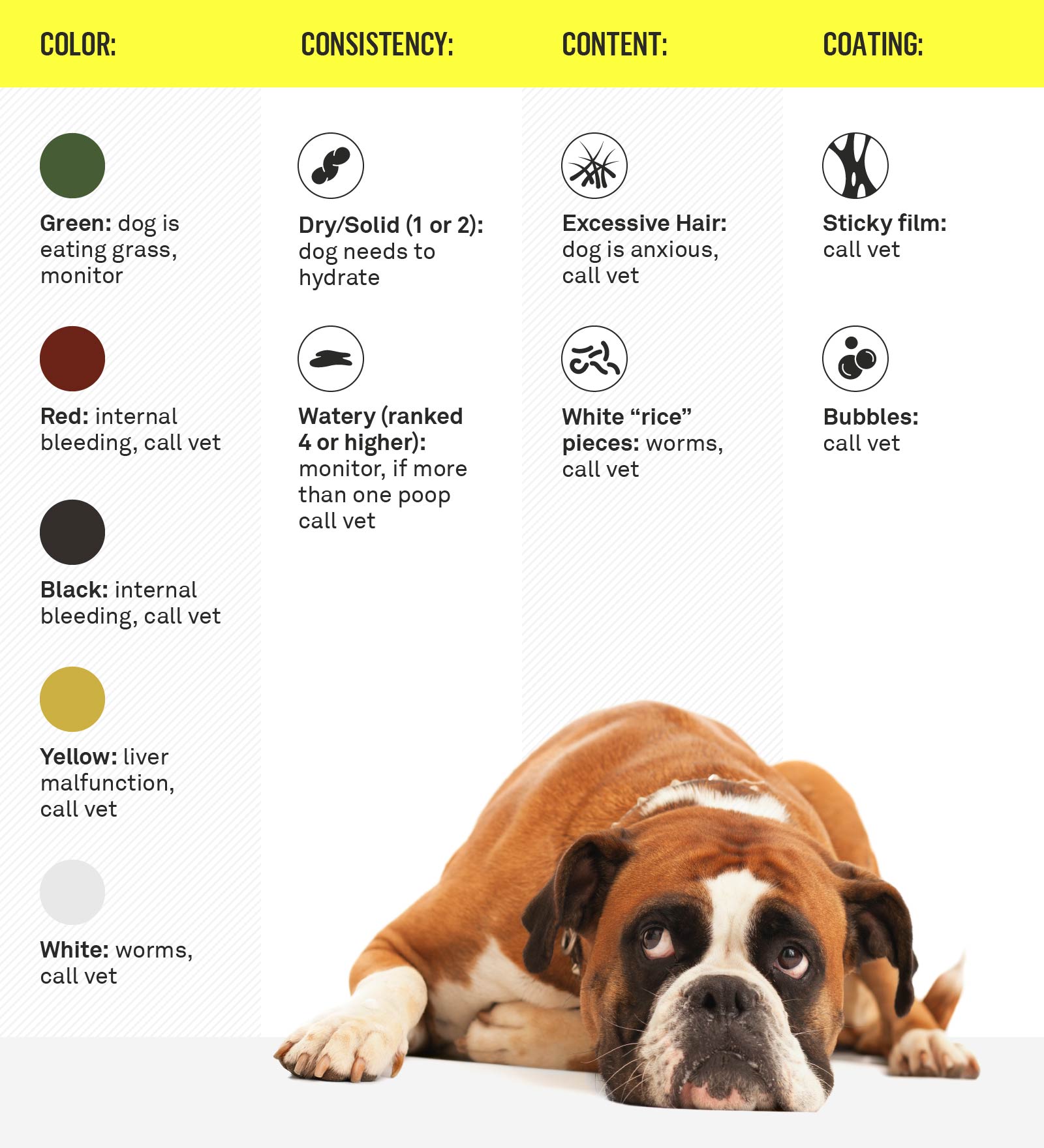

If a dog eats something they are allergic to, or something they are intolerant to, such as lactose in milk, you may also see severe diarrhea. Continue adding the new food portions gradually until your dog is consuming 100% of the new food. During these days, introduce only a small portion of the new food and add it to the old food. If you must change your dog’s diet, do it slowly, preferably over 7 to 14 days. Diet Change, Allergies, and Food IntoleranceĬhanging your dog’s diet suddenly can lead to gastrointestinal tract issues, resulting in vomiting and diarrhea containing a clear liquid. Anal gland fluid expressing randomly can signify a bigger problem that may need surgery. These will usually express naturally when they poop, but it can sometimes happen when they are nervous or excited. Mucoid discharge in canine poop is most often a result of one of the following conditions and medical problems.Ī dog may also smelly, brownish liquid from their anal glands. Since the poop mucus serves a purpose in your dog’s body, it’s harmless to observe a bit of it occasionally.Įxcessive mucus in poop is the real culprit and suggests that something is a miss from your dog’s stomach. The clear jelly-like liquid also lubricates the stool to avoid constipation. The clear liquid in your dog’s poop is mucus secreted by large intestines as a protective lining from bacteria. Let’s first look at what makes a poop liquid. What’s its color? The shape? Consistency? This poop hyperfixation actually proves that you’re a good pawrent and will keep you ahead of any medical issue causing stool changes. Spotting only a little clear liquid is probably normal and is, luckily, not caused by a medical problem.Īs a dog owner, you may find yourself obsessing over your dog’s poop at times. If a dog has died from an intestinal infection, your veterinarian can send samples of the intestine to a pathologist to identify parvovirus in the intestine.6.2 Got Questions? Video A Vet 24/7, Any Time, Anywhere 🌎 Why Dogs Poop Clear Liquidĭogs poop clear liquid because of diet changes, infections, worms, indulging in spoiled foods, ingesting poisonous substances, and stress or anxiety. The test is highly accurate in both specificity and sensitivity, and is performed by taking stool samples. Fortunately, with the lastest advances in testing, doctors are now able to detect all three strains of parvo. There are 3 strains of parvovirus, 2a, 2b and 2c, up until recently tests were only able to detect the 2a and 2b strands. The level of antibodies is called a titer. The blood test used to diagnose parvo, called a parvo antibody titer, shows if your puppy's antibodies are fighting the parvo infection.


Puppies with parvovirus have severe diarrhea the stool has so much fluid in it that the concentration of virus is too small to detect. Stool tests can confirm the presence of parvovirus in the feces. This diarrhea has a distinctly foul odor. The most common physical sign is bloody diarrhea. Parvovirus in dogs is diagnosed by physical signs, blood tests, and stool tests. It's possible to have some puppies in a litter with mild infections and other puppies with severe infections. Some dogs with parvovirus will have only mild infections and few signs of infection. This is because dogs with septicemia have high fevers and may go into shock. Some dogs become dehydrated and septicemic so rapidly they die before diarrhea occurs. Septicemia is caused when bacteria in the intestines travel through the intestinal wall and move directly into the blood. The gums in the mouth are tacky rather than moist, and the eyes may appear sunken.īacteria growing in the blood is called septicemia. Tenting is a classic sign of dehydration.
DOG HAS BLACK LIQUID POOP SKIN
They are dehydrated and the skin stays "tented" when pinched rather than falling back into place. With parvo, intestinal bleeding occurs in the small intestine so that the blood is partially digested and passes out as black, tarry feces (melena).ĭogs with parvovirus become thin and weak. Often the diarrhea has an unusually offensive odor caused by blood in the stool. Dogs with parvovirus may vomit and have bloody diarrhea with abdominal pain.


 0 kommentar(er)
0 kommentar(er)
